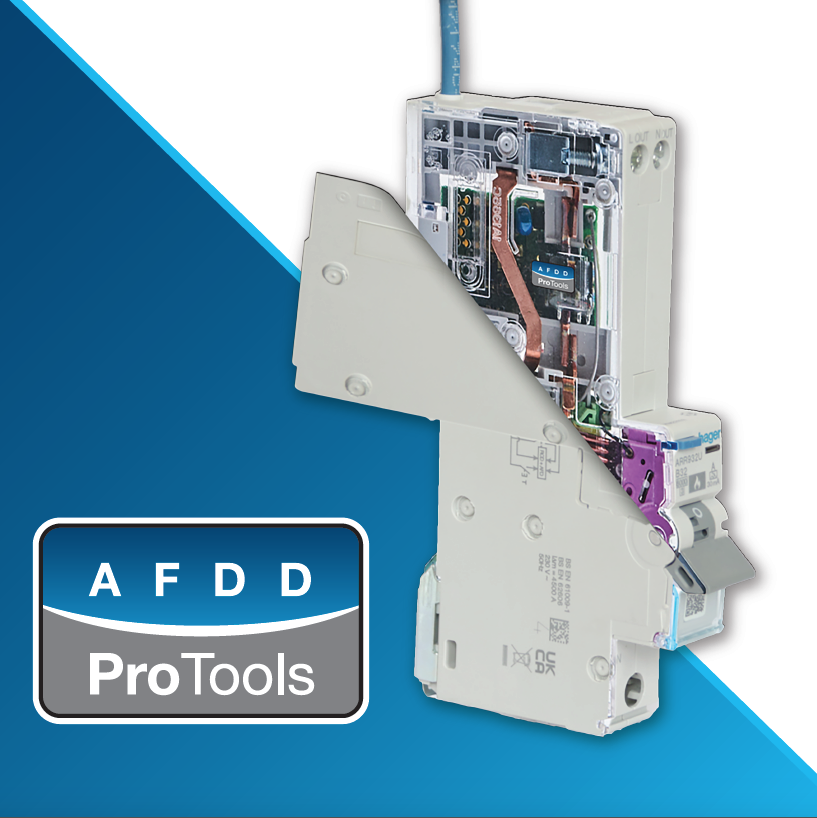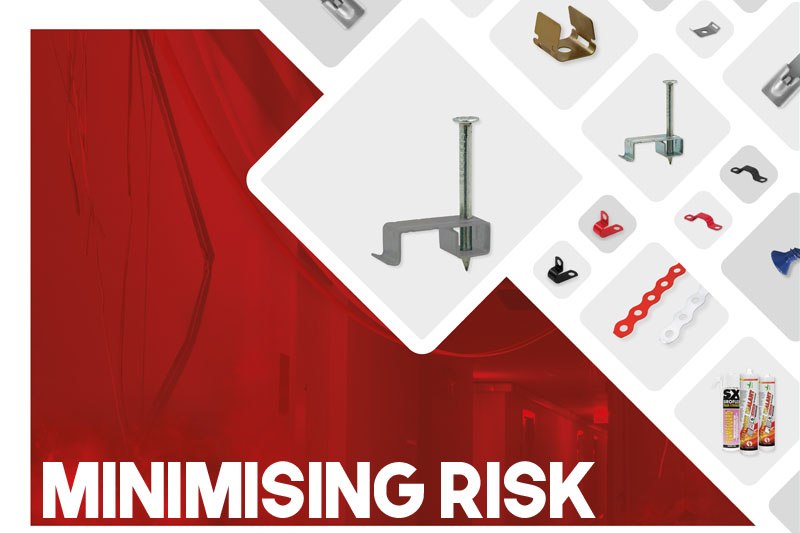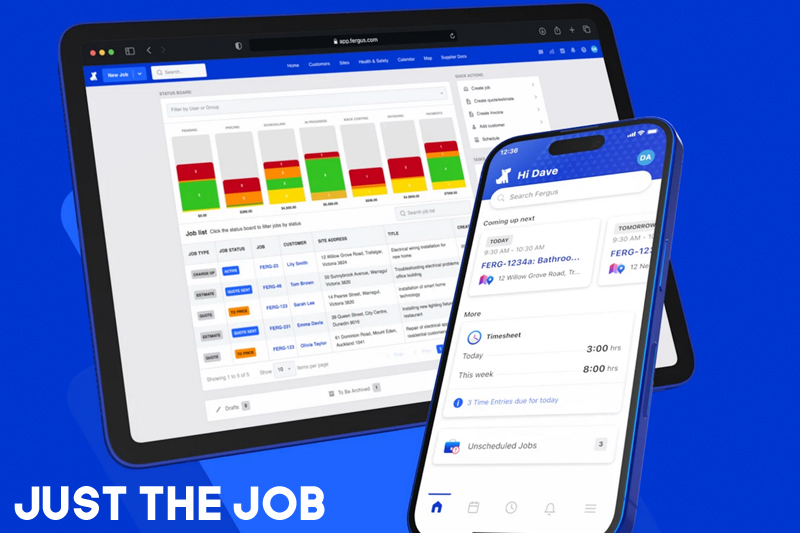Hager outlines some of the ways it is remaining compliant with new regulations and transforming the future of protection devices for the electrician.
September 28th saw the previous amendment withdrawn and the changes outlined in Amendment 2 of the 18th Edition Wiring Regulations implemented. The new regulations further strengthen previous rules and include an increased focus on the use of Arc Fault Detection Devices and Surge Protection Devices.
Surge Protection Devices (SPD)
With an increased focus on equipment protection against surge transient voltages, the latest regulations now require protection against transient overvoltages to be provided where the consequence caused by the overvoltage could result in:
(i) serious injury to, or loss of, human life
(ii) failure of a safety service, as defined in Part 2
(iii) significant financial or data loss
To support electrical contractors to reduce installation times, meet compliance responsibilities, and alleviate the need to purchase and fit separate protection devices for consumer units, the industry can benefit from Hager’s factory fitted and fully integrated SPD board to provide optimum surge protection performance.
Patented connection
Benefitting from a number of features to improve surge protection effectiveness, including a patented busbar connection system, installers can be assured that fitting a Hager consumer unit with integrated surge protection guarantees the very best protection.

Fully integrated
Eliminating the need to purchase and fit separate protection devices for consumer units, with Hager’s factory-fitted and fully integrated SPD board no secondary upstream protection devices are required. Whilst surge protection devices previously required an MCB or fuses in the consumer unit to provide backup protection using one of the outgoing ways, Hager’s integrated solution removes this requirement, freeing up space in the consumer unit.
Additionally, Hager’s solution has CT2 construction type arrangements, ensuring that SPD devices are applicable for all common UK earthing arrangements such as TN-C-S (PME), TN-S and TT earthing systems, removing the risk of incorrect selection.
Arc Fault Detection Devices (AFDD)
Another notable change to the regulations is that AFDDs are now mandatory for use in certain settings; higher risk residential buildings, houses of multiple occupation, purpose-built student accommodation and care homes. For all other premises, the use of AFDDs is recommended for single-phase AC final circuits supplying socket outlets not exceeding 32A.
Hager’s latest AFDD with ProTools is ideally placed to support installers in shaping the electrical world of tomorrow, offering tangible installation benefits, as well as providing peace of mind for installers and end users seeking the best protection with this game changing device.
In-situ software upgrades
The new advanced ProTools diagnostic software offers superior safety protection levels, minimising time spent conducting fault finding. The ability to perform in-situ software updates via Bluetooth connectivity eliminates the need to remove or replace the device in the future and overcomes the traditional difficulty of diagnosing and resolving unwanted or operational trips manually. Thanks to additional safety aspects, the AFDD does not need the circuit to be re-energised when tripped to be able to identify the cause of the fault and leaves the consumer unit in a safe condition as fault finding occurs.

Onboard diagnostics
In the scenario that the Hager device trips, the cause for the disconnected circuit can be identified at the push of a button on the front of the device. With the ability to confirm eight statuses, the device can instantly detect if a series arc, parallel arc, overvoltage, residual current fault, overload, short circuit, AFDD failure or manual trip has occurred, saving time for installers, and improving overall diagnostic ability.
Backwards compatibility
Where AFDD devices were previously two modules wide in construction, Hager’s latest generation of AFDD has evolved, taking on the form of a single module wide device, available in both RCBO/AFDD and MCB/AFDD configurations and is a key part of Hager’s strategy to ensure devices are in many cases backwards compatible. In addition to the RCBO/AFDD, the MCB/AFDD solution also enables Hager installers to upgrade existing MCB installations to AFDD on the appropriate circuits, without having to upgrade the whole installation to RCBO configuration, providing minimal disruption.
Future proofing
With the rapid advancement of new technologies, it is possible that an electrical goods manufacturer of tomorrow may create an electrical device or appliance with a different waveform signature, thus creating a new signature and causing unwanted tripping. In anticipation of this, with ProTools In-Situ Software Upgrades, Hager’s AFDD solution can be intelligently modified to update the algorithm to accommodate new product signatures. These updates can be sent directly to mobile devices via the Hager Pilot app, allowing connection to the AFDD through Bluetooth technology to perform a software upgrade remotely. The ability to upgrade AFDD software in this way is a game changer for the industry.
As the reality of the Amendment 2 changes set in, Hager are committed to supporting the industry and have developed numerous resources to assist contractors with the transition, including the launch of the dedicated Amendment 2 Hub. Following the regulation changes, electrical contractors need to be mindful of the best practice solutions to ensure mandated and recommended responsibilities are met where the use of protection devices are concerned. Hager’s range of AFDD and SPD solutions, coupled with industry leading technical expertise, can fully support the attainment of these important regulation changes and help transform the future protection devices.
To access the Hub and download supporting materials relating to the latest regulations, click here






